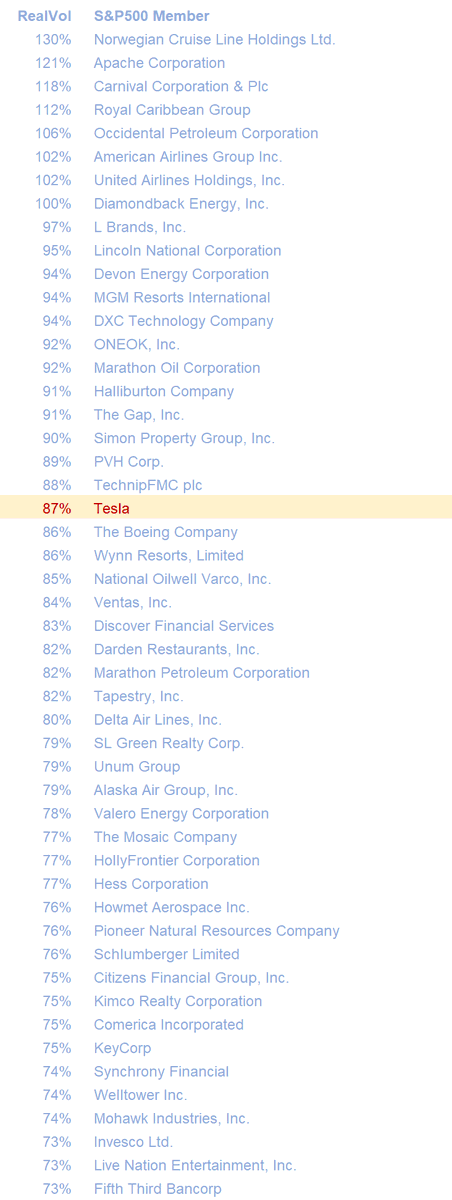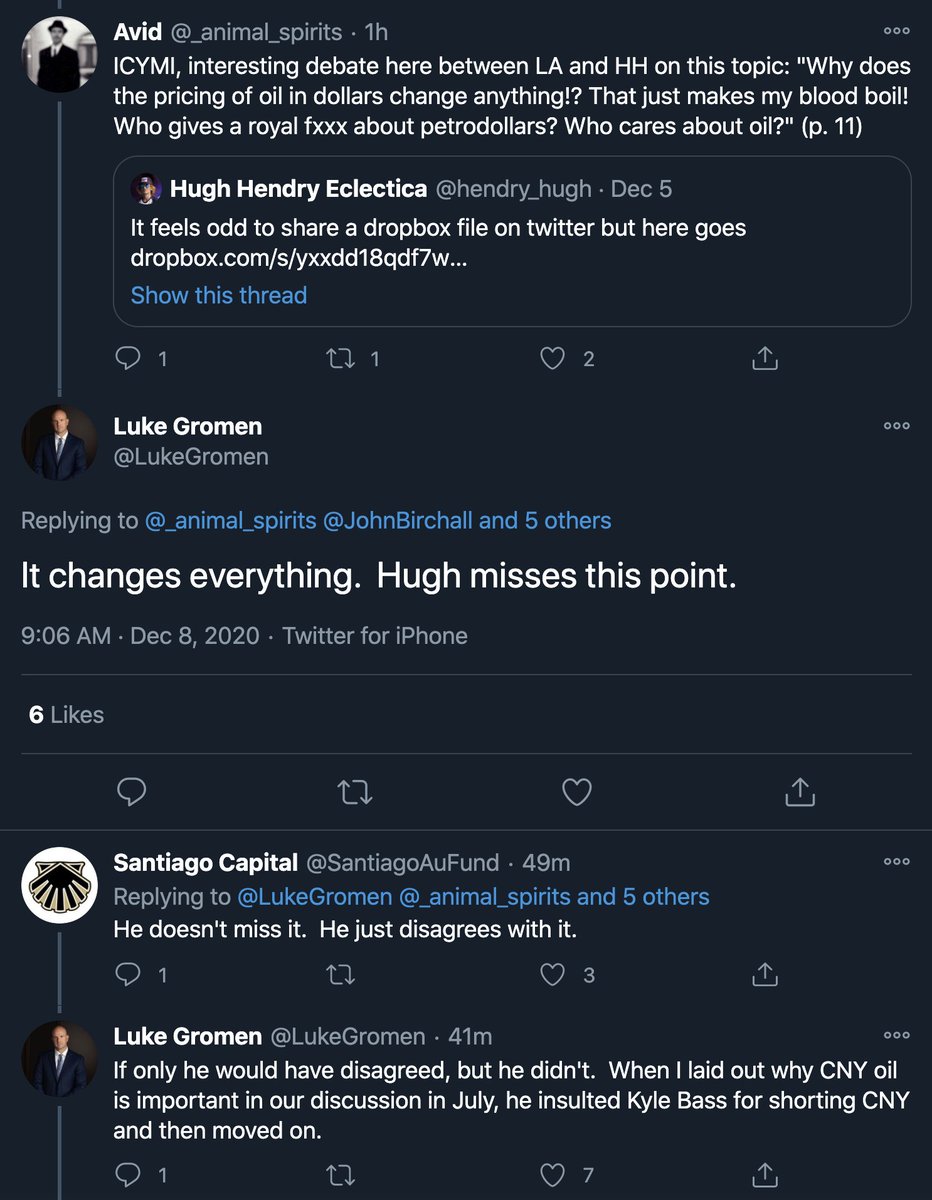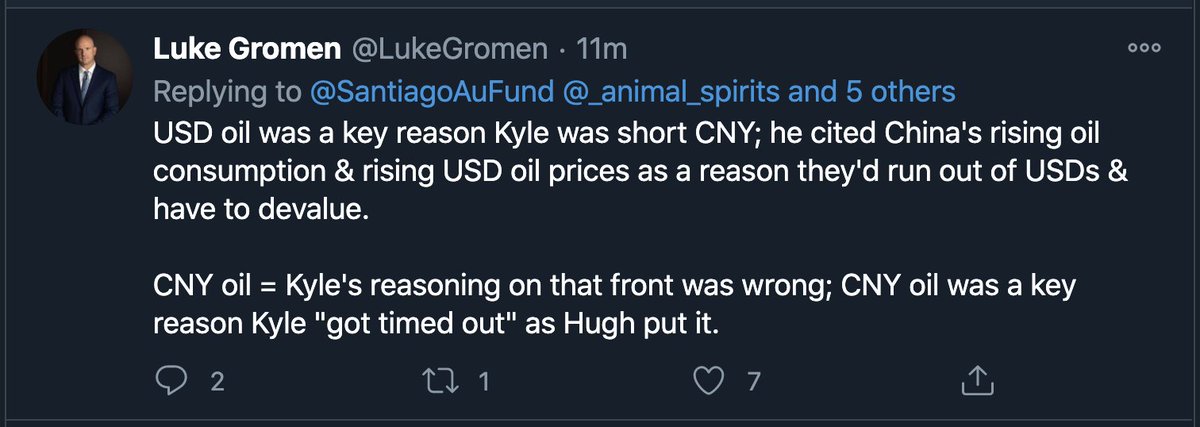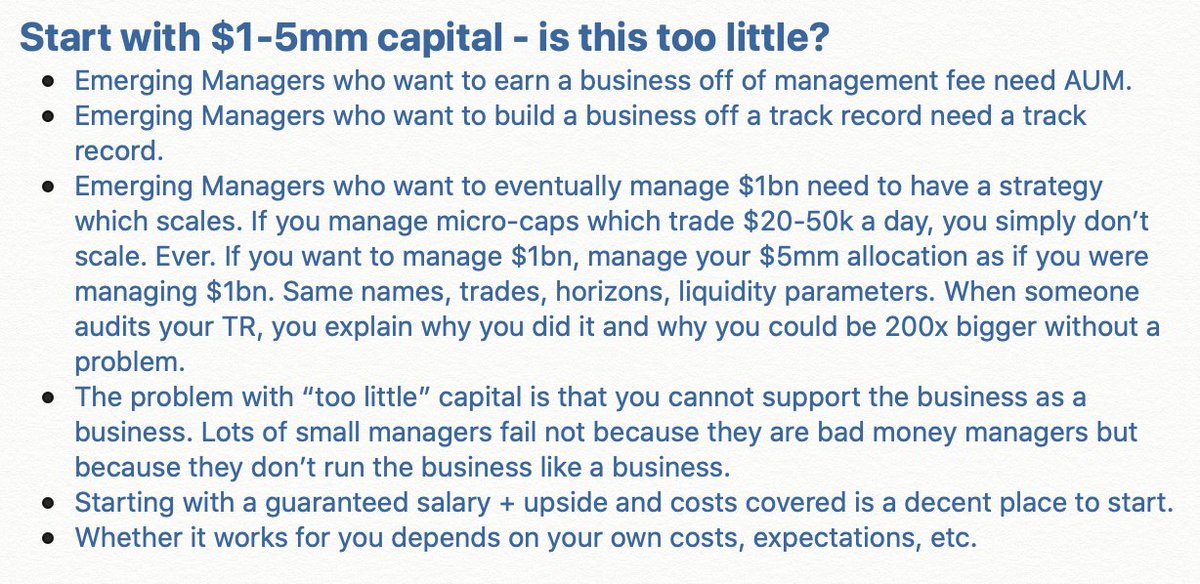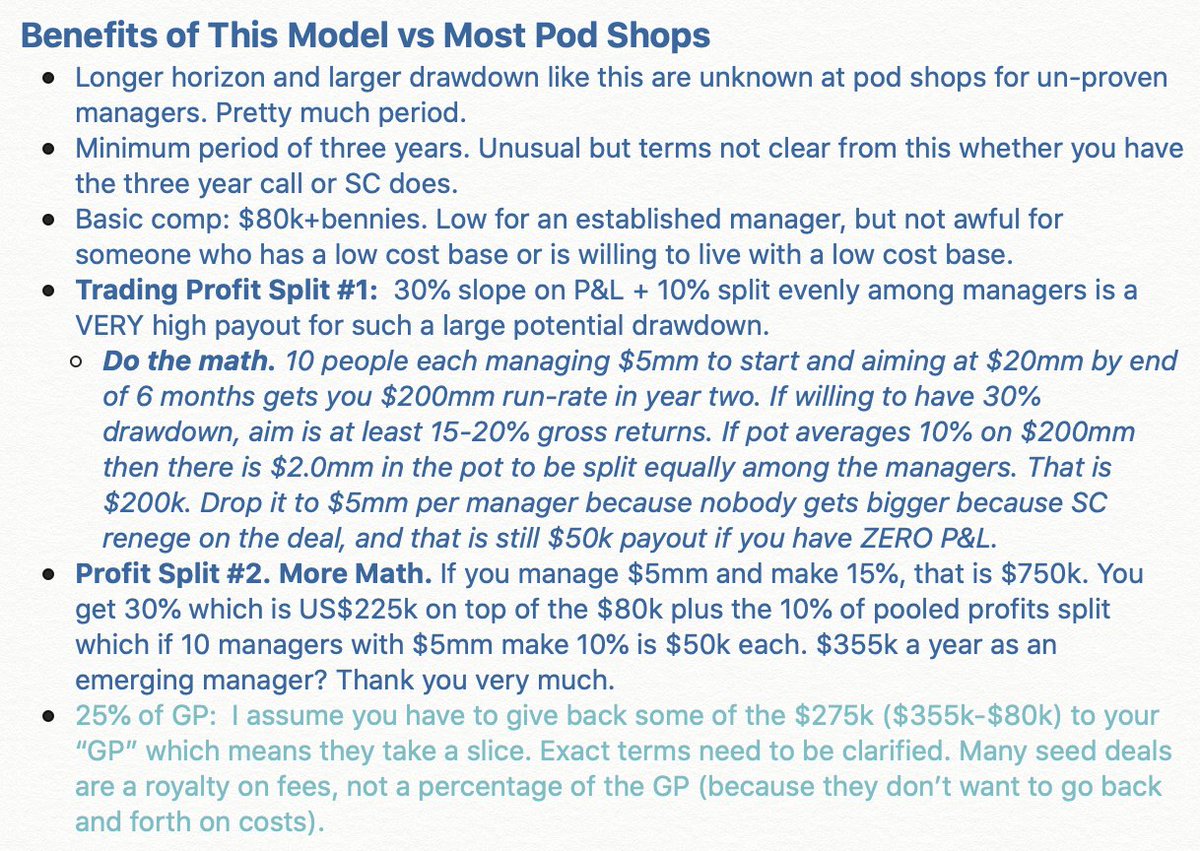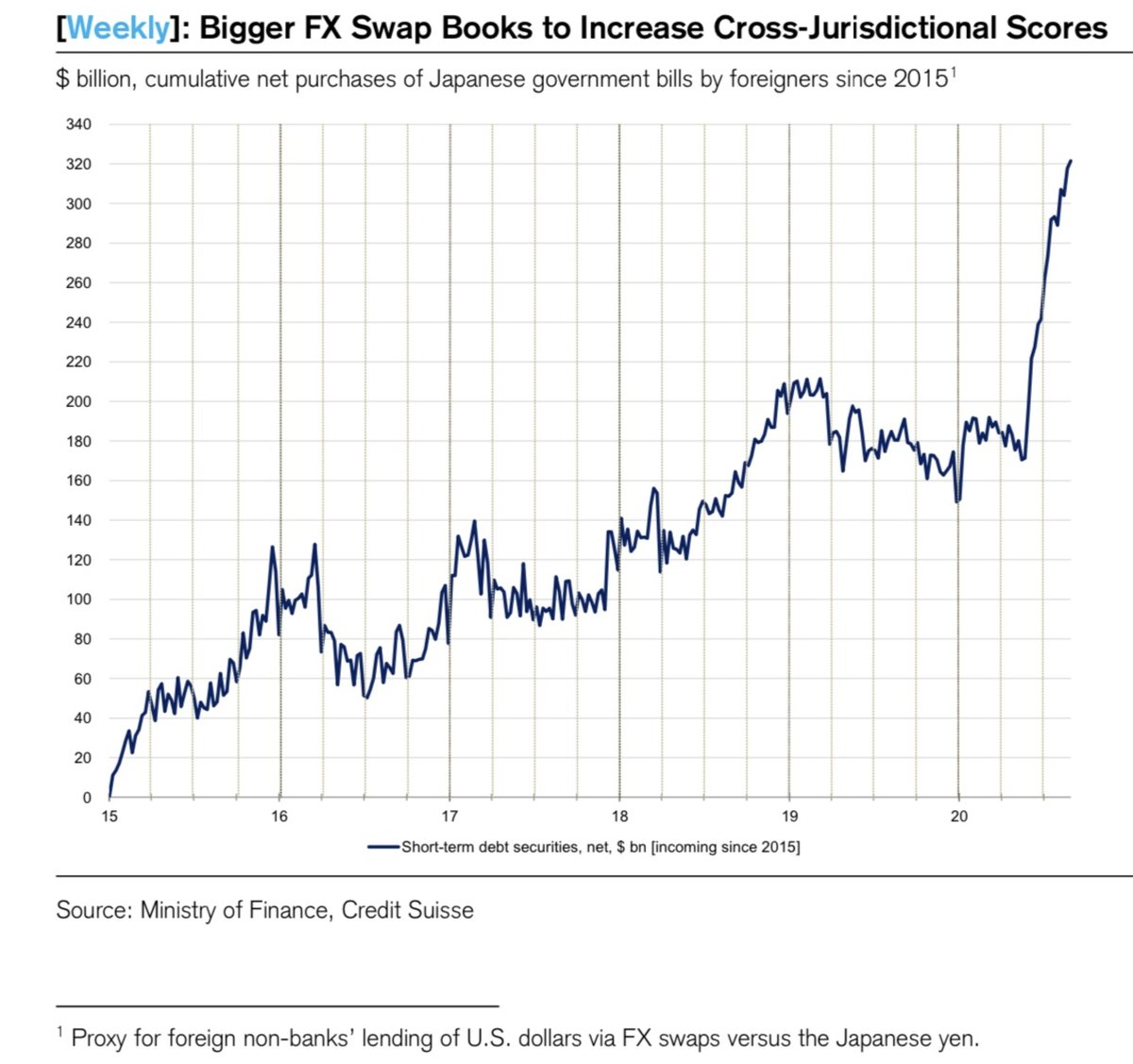
With close to ~$90bn to trade on the close, it was always going to come pretty close given a normal day's ADV.
https://twitter.com/EricBalchunas/status/1340073777573539840
That fall into the close on Tesla is classic ‘big name inclusion trade unwind’ pattern - people say “let’s not leave it all for the close, just in case” and put their ‘sell ahead of the close vs sell at the close’ ratio higher than the buyers do.
Now I’ve jinxed that. 🤓
Now I’ve jinxed that. 🤓

Closing cross on S&P funding trade was about 8-9% larger than the S&P Global model would have suggested (I had it a trifle larger than even that but indexers might trade the tail. If they trade the tail on both sides, they’re already screwed going into the weekend b/c TSLA AH up.
A question outside observers should be asking themselves now is “What will Former Tesla Hodlers Do With $90 Billion?”
• • •
Missing some Tweet in this thread? You can try to
force a refresh

